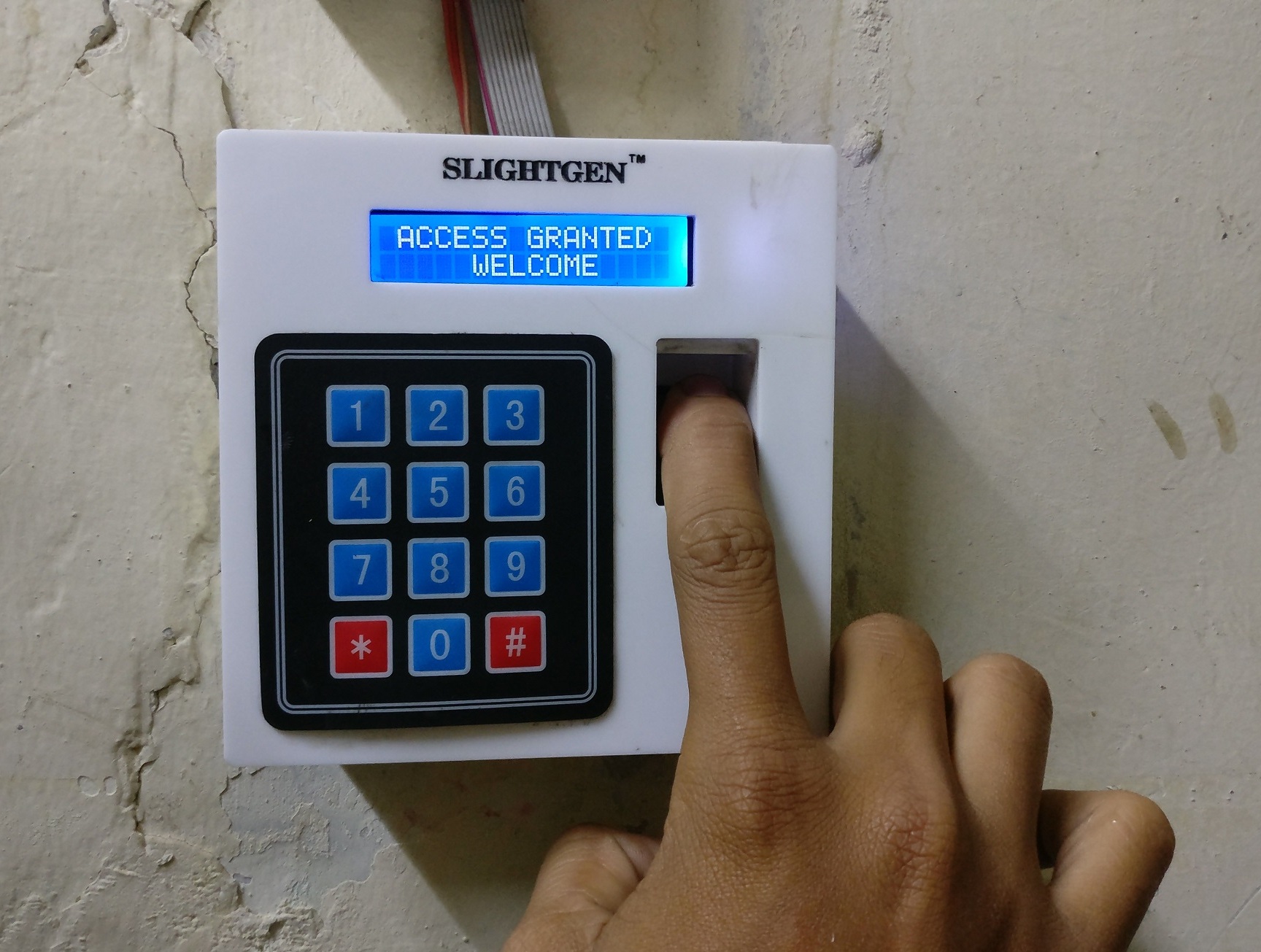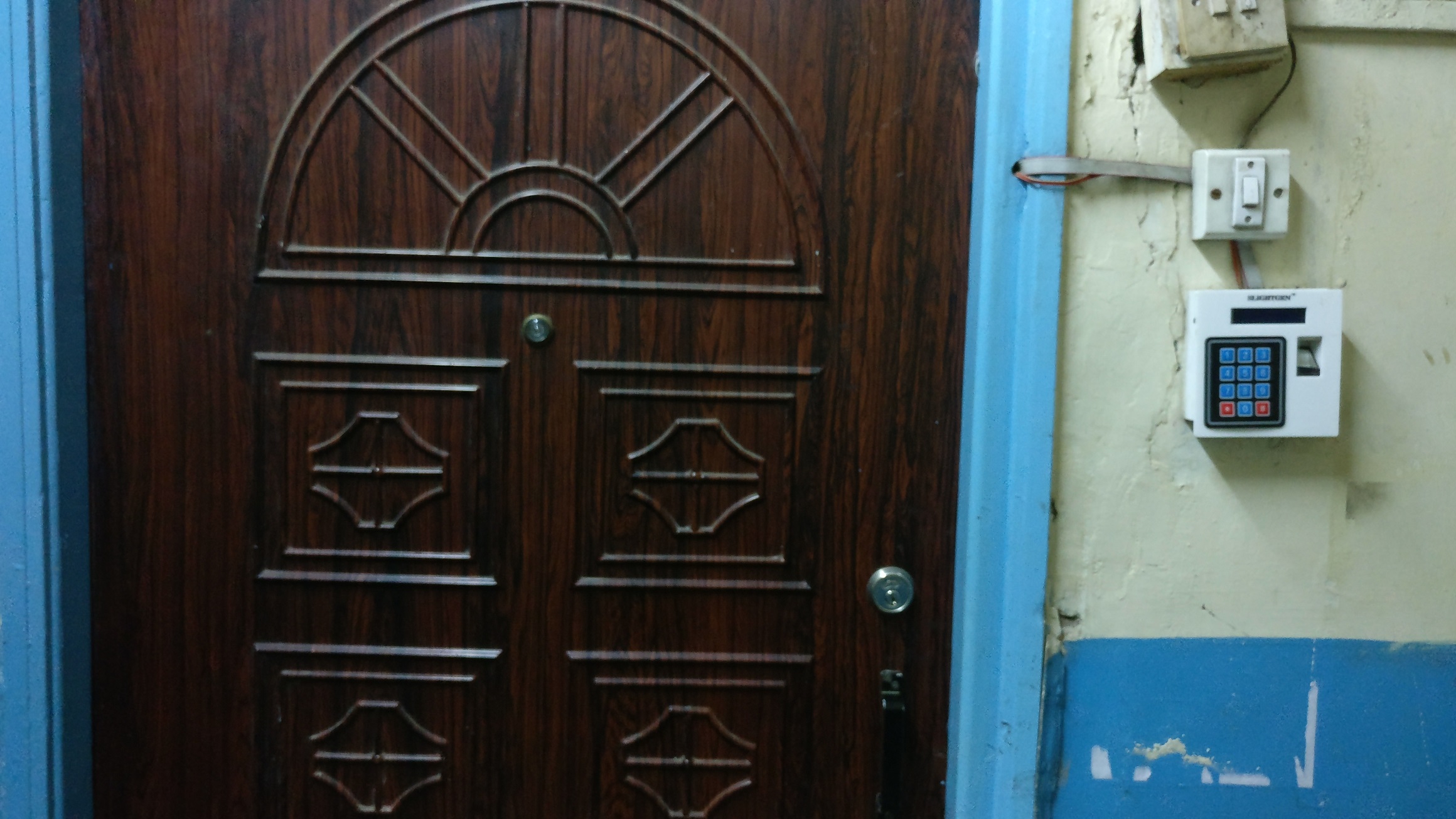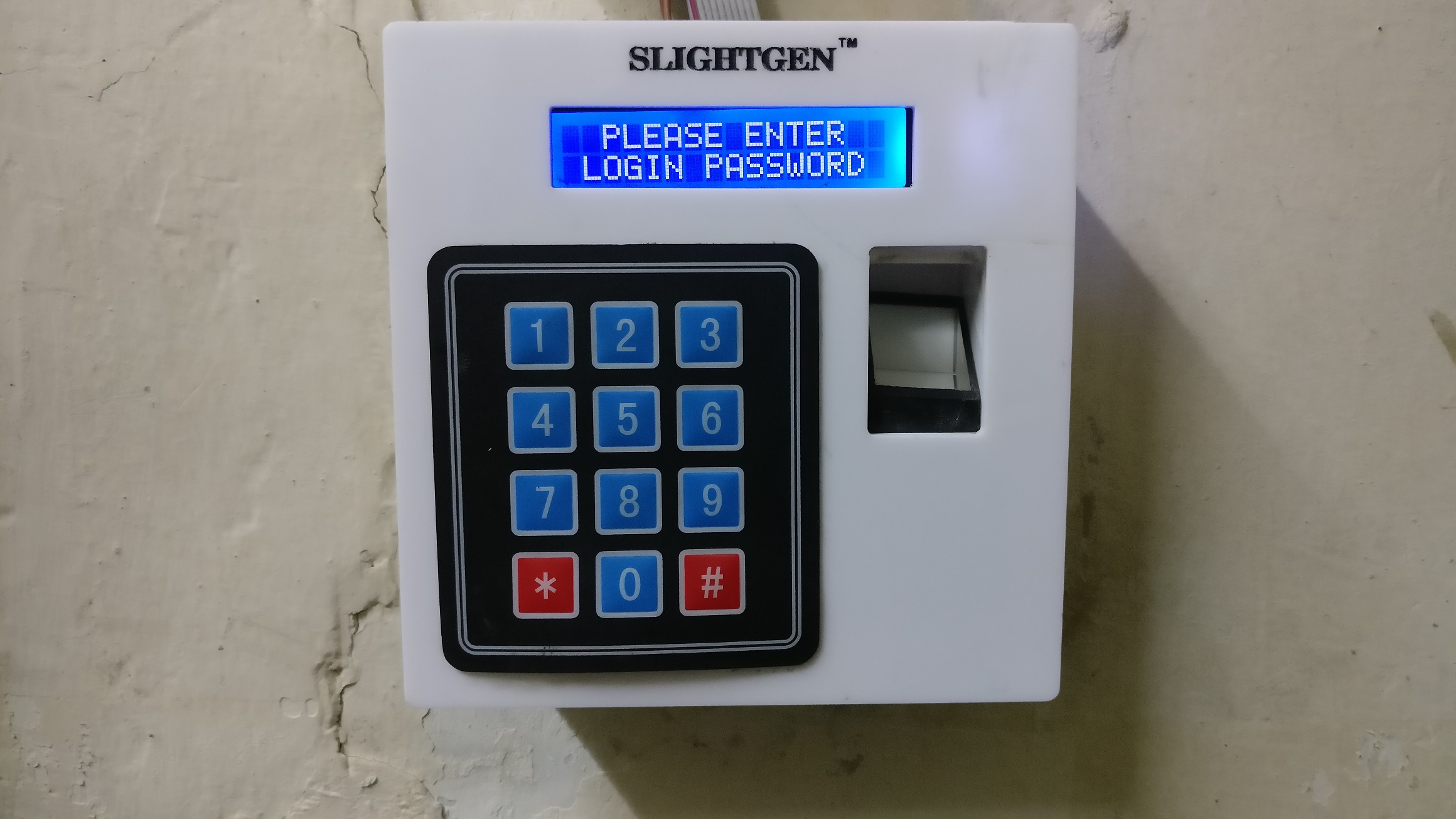Project Description
SlightGen pioneered the development of an early biometric door access control system at a time when fingerprint-based locks were virtually unavailable in the commercial market. The objective was to upgrade a standard mechanical door into a secure, technology-driven, and user-friendly system that combined biometric identification with digital password protection.
This prototype was not just a proof of concept, but a fully functional access solution that was tested on real doors for long durations, ensuring durability, reliability, and accuracy in day-to-day use.
Core Features
-
Dual Authentication Modes The system supports two secure access methods:
- Fingerprint recognition for seamless entry.
- Password entry as a backup method, where every user is assigned a unique password.
-
High-Accuracy Fingerprint Recognition Integrated with the R307 fingerprint module, the system can store and verify up to 100 fingerprints. This ensures flexibility for small offices, families, or controlled access environments.
-
Microcontroller Intelligence Built around the ATmega32 microcontroller, which serves as the system’s brain. It communicates with the fingerprint sensor over UART protocol to perform authentication in real time.
-
Motorized Door Latch Control Once authentication is successful, the microcontroller triggers a motorized latch system, automatically unlocking the door for the authorized user.
-
LCD Status Display A 16x2 LCD module provides clear status messages such as “Access Granted – Welcome” or “Access Denied”, guiding the user throughout the process.
-
Fallback Security with Passwords In cases where a fingerprint cannot be read or registered, the keypad-based password system ensures uninterrupted access while maintaining security.
Development & Prototyping
- The system was designed, assembled, and tested entirely in-house as part of a research and product development initiative.
- A prototype was successfully mounted on a standard wooden door and subjected to long-term functional testing, ensuring robustness under repeated daily use.
- Special attention was given to user convenience and reliability, creating a balance between advanced technology and practical usability.
Innovation & Impact
This project represented one of the first working biometric door lock prototypes in the region, ahead of its time in concept and execution. It demonstrated how traditional doors could be transformed into smart, biometric-enabled access points without requiring complex infrastructure changes.
The development of this system highlighted:
- Enhanced Security – Only authenticated users could gain entry.
- User-Specific Control – Each user had either a fingerprint or a password registered.
- Practical Feasibility – Proved that such a system could be implemented cost-effectively using off-the-shelf components.
This early innovation laid the foundation for modern-day biometric locks that are now widely adopted in residential, commercial, and industrial security systems.


